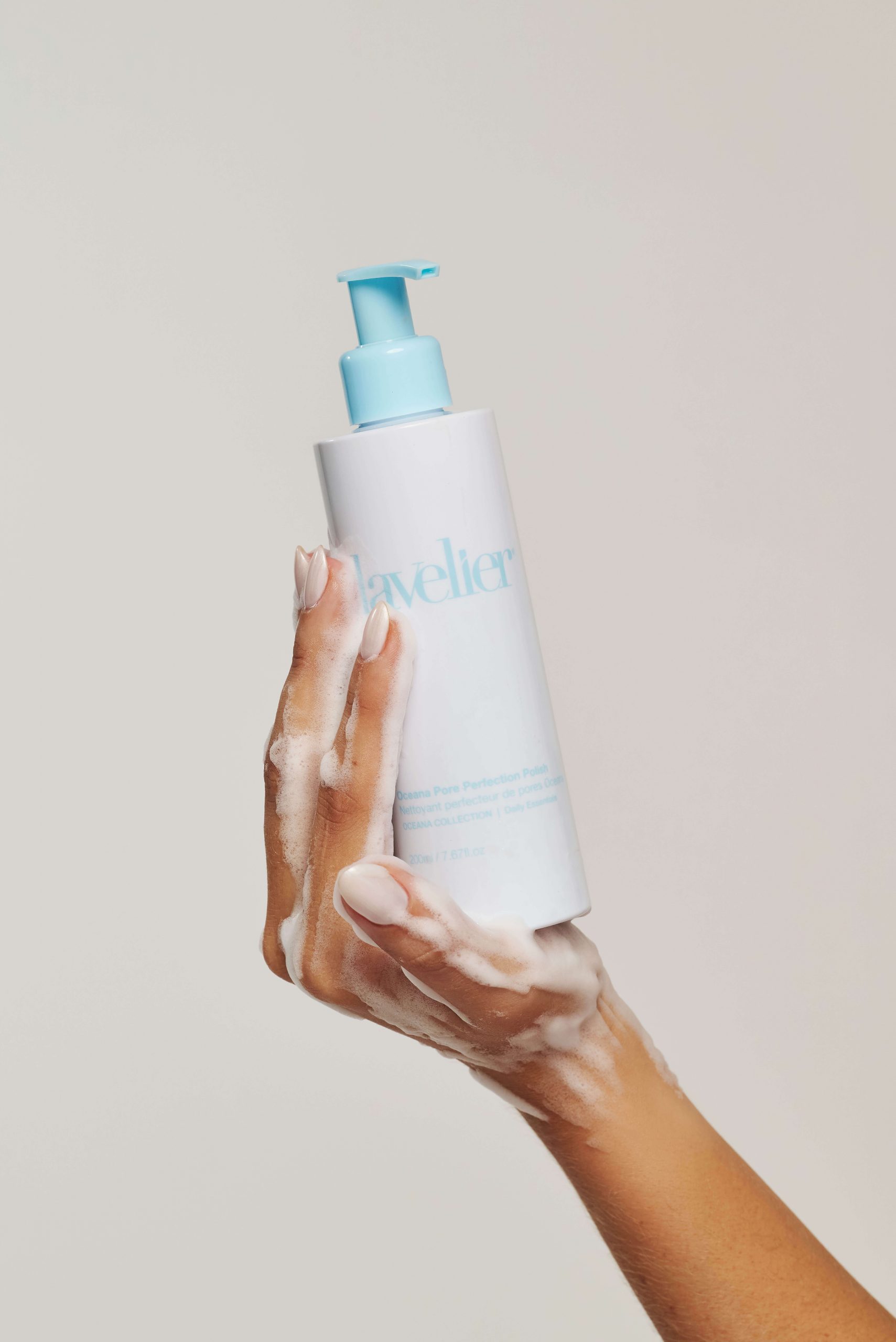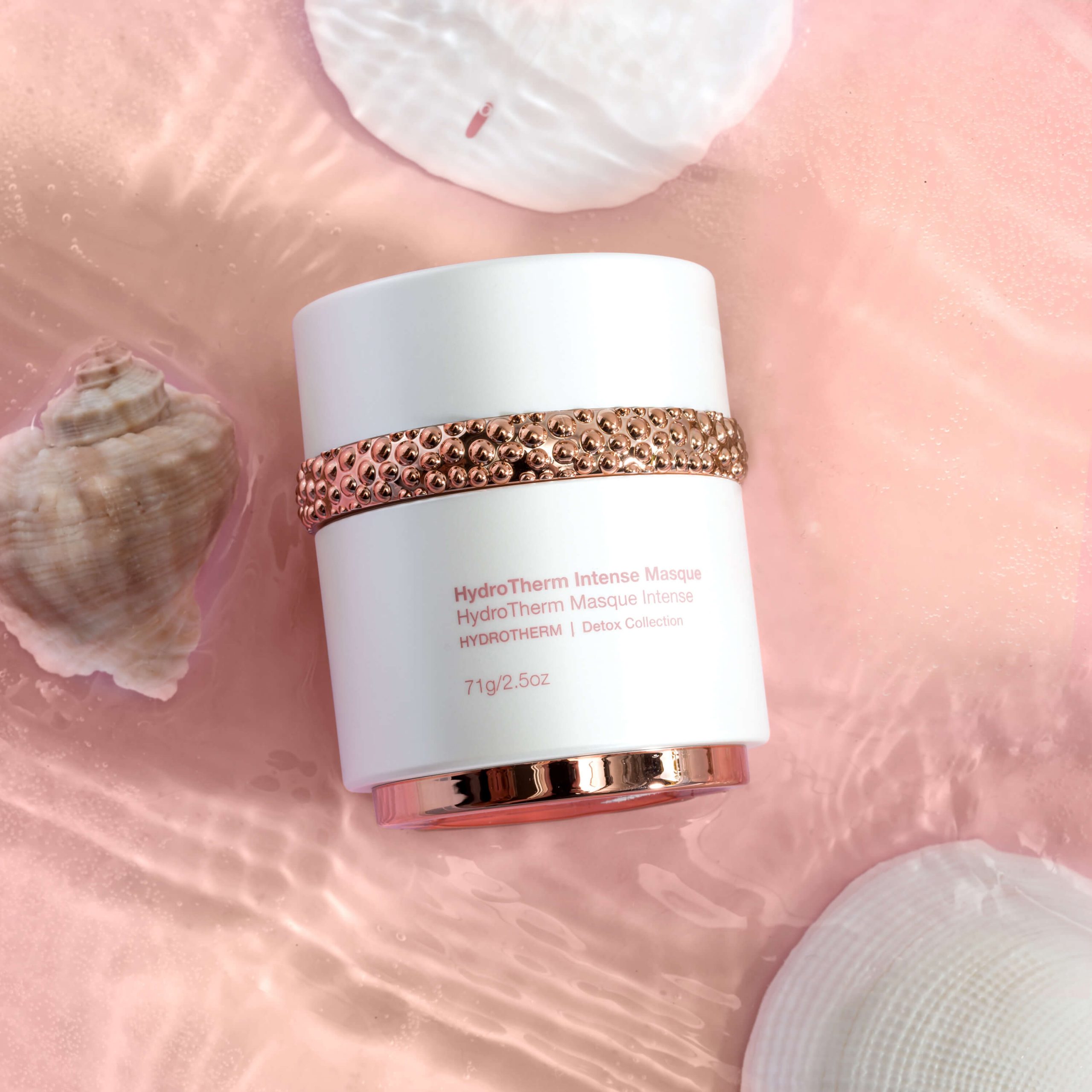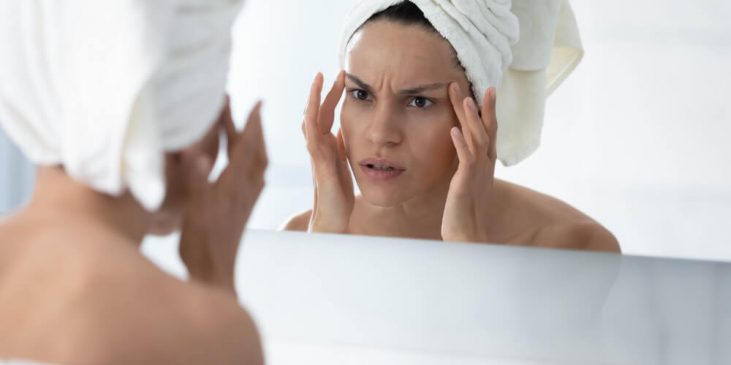A number of skincare ingredients have found themselves in the spotlight lately…and not for good reasons. With the general public now becoming more aware of what’s what when it comes to their skincare, while also realizing that skincare products aren’t as heavily regulated as they once thought, they’re now paying more attention to trouble-making skincare ingredients…and rightly so!
Do some research into the ingredients that you need to avoid and you’ll likely see the same names mentioned time and time again. So, today, Lavelier is going to be talking about a few lesser-known problem-causers that you may not be aware of but should definitely stay away from. Keep reading to safeguard your skin!
Hydroquinone
If you’ve been shopping for skincare products that promise to lighten the look of hyperpigmentation, hydroquinone is an ingredient that you will likely encounter. It’s a skin-bleaching agent that works by reducing melanocyte activity. Melanocytes are responsible for producing melanin – the pigment that gives your skin its color. This, in turn, lightens the appearance of the skin that sits above those targeted cells.
What’s the Problem With Hydroquinone?
So, if hydroquinone is able to work so efficiently, what’s the problem?
Firstly, it’s a known irritant. It commonly causes redness, dryness, inflammation, and rashes in all skin types. As you can imagine, this reaction is even more severe in those with sensitive skin.
Hydroquinone can also sometimes cause ochronosis. This condition basically involves the treated area of skin darkening, rather than lightening. It’s the opposite of what anyone using hydroquinone would be trying to achieve! This condition usually develops if skin treated with hydroquinone is exposed to the sun.
There are also concerns regarding the carcinogenic effects of hydroquinone. Studies have found that it can impact the liver too. While more research in these areas still needs to be done, many experts are advising people to stay away from hydroquinone until that has been done. Some countries have taken this a step further, with hydroquinone banned in the EU, Japan, and Australia.
What are the Alternatives to Hydroquinone?

So, what can you use instead of hydroquinone if you’re trying to lighten the look of dark spots?
One option is niacinamide. Also known as vitamin B3, it’s a popular ingredient when it comes to fading the appearance of hyperpigmentation and evening-out skin tone. It offers antioxidant properties too, and, most importantly, doesn’t have any safety concerns. Give it a try for yourself with the Lavelier Blue Algae Beauty Skincare Duo! In this skincare system, niacinamide is combined with a few other ingredients that are fantastic for lightening the visibility of dark spots, including resveratrol and vitamin E.
In addition to vitamin E, vitamins A and C are also revered for how they tackle the appearance of hyperpigmentation. Adding these antioxidants to your skincare routine and using them consistently could help you to quickly even out and brighten your complexion. The Lavelier Oceana VitaGlow C Serum makes this easy. It brings vitamins A and E together with two forms of vitamin C. These are then joined by other potent antioxidant-rich ingredients, including grape stem cells and coral seaweed extracts.
Sulfates
Let’s talk about sulfates – a group of ingredients that’s commonly found in everyday skincare products. There are a number of different sulfates out there, including sodium lauryl sulfate (SLS) and sodium laureth sulfate (SLES). These are the two sulfates that are most often used in skincare, primarily for their cleansing properties. Both are efficient cleansing agents that create a bubbly lather. They’re inexpensive too, making them a popular choice in foaming cleansers and exfoliators.
What’s the Problem With SLS and SLES?
With cleansing being such a vital part of skincare, you may initially think that sulfates sound pretty good! However, while it’s true that they do cleanse the skin, sulfates tend to do this a little too well. In addition to removing dirt, oil, and other impurities, they also strip away a small amount of the skin’s natural protective barrier each time they’re used. This means that, over time, the skin barrier can take a real beating!
Sulfates are also known for disrupting the skin’s natural pH balance. Again, this is due to how they interfere with skin barrier function. The way in which sulfates cause the skin’s pH to swing to the alkaline side of the scale can lead to a variety of problems.
Sulfates are known for being generally quite irritating too. As always, you’ll experience this to a greater extent if you have sensitive skin, but other skin types also often notice an increase in sensitivities and inflammation after adding sulfate-infused products to their skincare routines.
What are the Alternatives to Sulfates?

The good news is that there are now more and more sulfate-free cleansers hitting the shelves. The shaky reputation that sulfates have earned has caused skincare brands to seek out alternatives, of which there are plenty!
At Lavelier, we have an exquisite foaming cleanser that’s completely sulfate-free; the Oceana Pore Perfection Polish. This cleanser makes use of a blend of other effective but gentle cleansing agents, such as sodium cocoyl glycinate, which comes from skin-loving amino acids. These cleansing agents create a luscious lather that will leave your skin beautifully clean while keeping your skin barrier feeling intact.
The Lavelier Oceana Breezy Facial Cleanser is another excellent cleansing product that doesn’t contain sulfates. Thanks to the moisturizing plant oils in this formula, including argan oil and moringa seed oil, it’s a great cleanser to choose if you have dry or sensitive skin.
You won’t find sulfates in our exfoliating products either! The Oceana Refining Coral Peel is, once again, sulfate-free.
As you can see, there are so many great alternatives out there. This means that it’s now easier than ever to avoid including sulfates in your skincare routine.
Talc
Talc is an ingredient that you may be familiar with. Also referred to as talcum powder, it’s a soft, white powder that comes from talc – a naturally occurring mineral. This mineral mainly consists of magnesium, silicon, and oxygen. It’s an ingredient that has long since been used in cosmetic products, including skincare, for a number of reasons. Not only does it prevent products from clumping, but it also helps to absorb excess sebum on the skin while making a product feel much more luxurious to the touch.
What’s the Problem With Talc?
Talc itself is a safe ingredient. It’s natural and is mined from metamorphic rocks all around the world. The problem lies in how asbestos is often found in similar areas. Asbestos is a known carcinogen that leads to an incurable type of cancer. It can also cause everything from shortness of breath and the coughing up of blood to anemia and chest pain. It’s a mineral that has serious health consequences, with asbestos being banned in many parts of the world.
The fact that asbestos and talc are friends in nature can mean that the talc that’s mined can easily become contaminated with asbestos. While not all talc-infused skincare products contain asbestos, many of them do. This was recently brought to light, leading to many people suing cosmetic companies for their asbestos-contaminated products.
Is it possible to get asbestos-free talc products? Yes, but the lack of regulations surrounding cosmetics can make it difficult to know this for sure. The only way to find out for certain whether or not a particular product is contaminated with asbestos is to test that specific product for exactly that, but this often doesn’t happen.
As a result, to err on the side of caution, products containing talc are usually best avoided completely.
What are the Alternatives to Talc?

Once again, there are, fortunately, several worthy alternatives to talc. Cornstarch and arrowroot starch are both becoming popular. These starchy ingredients are natural, biodegradable, and affordable while functioning in a very similar way to talc.
Kaolin clay, a naturally occurring clay, is also often used as an alternative. It helps to thicken skincare products, giving them a lusher feel. It also has sebum-absorbing properties, making it a talc alternative that’s particularly loved by those with oily skin.
If you’re looking for a talc-free way to tackle the feeling of greasy skin, check out the Lavelier HydroTherm Intense Masque. Kaolin will quickly de-grease your complexion while the hydrating ingredients and antioxidants in this formula will leave your skin looking revitalized!
Formaldehyde and Formaldehyde Releasers
Formaldehyde is a colorless and flammable chemical. It’s commonly used in things like building materials and disinfectants, but it can sometimes be found in cosmetic products too. Why? Because it’s an effective preservative. It extends the shelf life of a product while preventing bacterial contamination.
While fewer skincare products these days contain formaldehyde itself, you still need to be aware of formaldehyde releasers. These substances fall under a variety of names, like Quaternium-15 and DMDM-hydantoin. They release formaldehyde over time, extending the preservation process of a product.
What’s the Problem With Formaldehyde and Formaldehyde Releasers?
Simply put, formaldehyde is considered to be a harmful ingredient because of how severely it irritates the skin. It can cause itchy rashes, along with dermatitis, both of which can take a while to treat.
For this reason, both formaldehyde and formaldehyde releasers are becoming increasingly regulated in different parts of the world. However, this is still not enough. Many cosmetic products still contain these ingredients, causing long-term skin problems for their users.
What are the Alternatives to Formaldehyde?
There are a variety of alternatives to formaldehyde available, including the following:
- Phenoxyethanol
- Benzyl alcohol
- Caprylyl glycol
- Potassium sorbate
- Grapefruit seed extract
Most skincare products will need to make use of a blend of preservatives to provide a spectrum of protection. If you want to keep your skin safe, it’s worth looking into each one. Some, like those that we’ve mentioned above, are safe and gentle but others, like formaldehyde and parabens, can be problematic!
Knowing What’s in Your Skincare
When it comes down to it, you’re the one who is in control over which ingredients come into contact with your skin. While it would be nice to be able to trust that none of the skincare products available on the market are going to cause any harm to your skin, this is, sadly, not the case. Instead, be diligent when shopping for skincare products and take the time to research various skincare ingredients. Your efforts will pay off in the long run!
Click here to browse more bestselling skincare products from Lavelier.



0 comments on “Look Out for These Troublemakers in Your Skincare…”